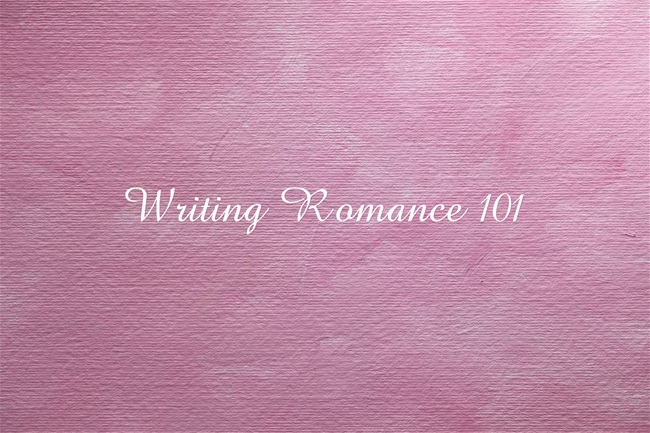Writing teachers often talk about the story arc and character arc, meaning how the story is constructed or how the character grows and changes. As I write this, the Arc de Triomphe in Paris was recently wrapped in fabric, an artistic event envisioned and designed by the late artists, Christo and Jeanne-Claude. Much like wrapping the iconic landmark in layers of fabric and rope, adding layers of character arc and growth will make your stories deeper and more nuanced.
Growth
One facet of growth an author can layer in is the character’s ability to do something at the end of the story they couldn’t do at the beginning. Or they see the truth of something they first believed to be a lie.
In the movie You’ve Got Mail, Kathleen Kelly believes her life only has meaning as long as she keeps her dead mother’s bookshop alive. By the end of the movie, the shop has died, but Kathleen has been able to not just envision a different life for herself but takes steps to build that life. She can do something she couldn’t before, because she’s moved from a lie to the truth.
Character Arcs
Another facet of character arcs that can be particularly effective is an ending that mirrors the beginning.
While You Were Sleeping begins with Lucy talking about her dreams of travel, the stamps she planned to collect in her passport, but how that didn’t happen because of her father’s illness and death. Later, she shares that dream with the hero, Jack, who gives her a snow globe with a scene of Florence, Italy, a foreshadowing of the end. The movie ends with the two of them traveling and Lucy gets that passport stamp for real.
Rachel Hauck’s book To Save a King begins with a prologue in ten-year-old Prince John’s point of view about his love for the fairy tale, The Swan’s Feather. The book ends with grown-up Prince John’s wedding to his real-life love, Gemma, and the convergence of three white swan feathers.
How does an author find the arc to the ending? Or the moment to mirror?
- Figure out what is the lie your character believes at the beginning and how they will move to truth (like Kathleen Kelly in You’ve Got Mail).
- Decide if there’s a poignant moment you can mirror at the beginning and end (like Lucy’s empty passport in While You Were Sleeping).
- Find a prop you can highlight in both the beginning and ending scenes (like the swan feathers in Rachel Hauck’s To Save a King).
Well-layered character arcs leave the reader satisfied and happy and leaving five-star reviews. They may not know why or how, but they know they’ve been taken on a ride of beauty and vision by an artist.

Carrie Padgett lives in Central California, close to Yosemite, but far from Hollywood, the beach, and the Golden Gate Bridge. She believes in faith, families, fun, and happily ever afters. She writes contemporary fiction with romance. She recently signed a contract with Sunrise Publishing to co-write a romance novel with New York Times bestselling author Rachel Hauck that will be published in 2022. Carrie and her husband live in the country with their high-maintenance cat and laid-back dog, within driving distance of their six grandchildren.
You can find her online at:
- Twitter: CarriePadgett
- Instagram: carpadwriter
- Facebook: WriterCarriePadgett
- Amazon Author Page: Carrie Padgett





1 Comment
I enjoyed reading this article. Always a good reminder of how to grow your characters.